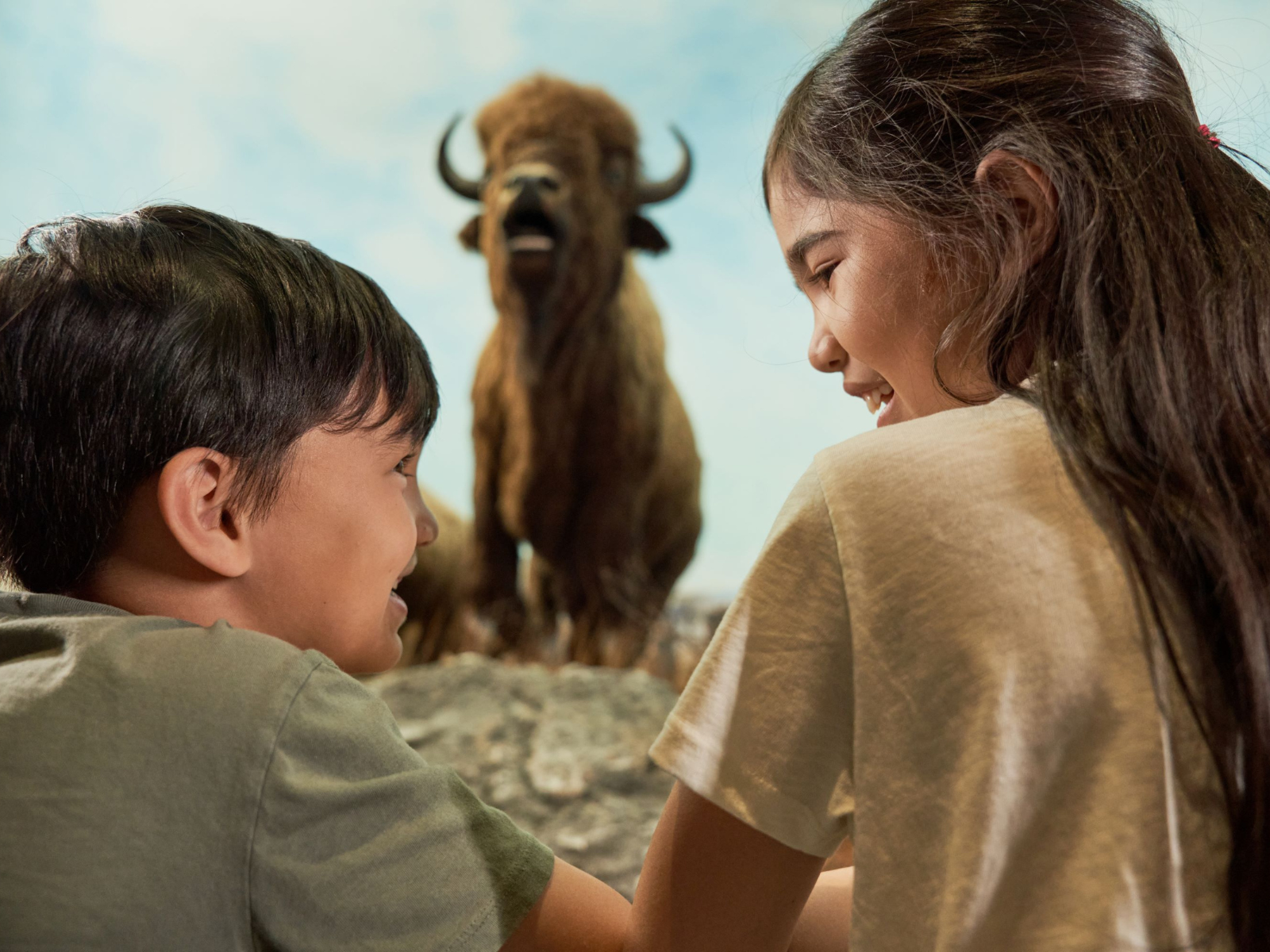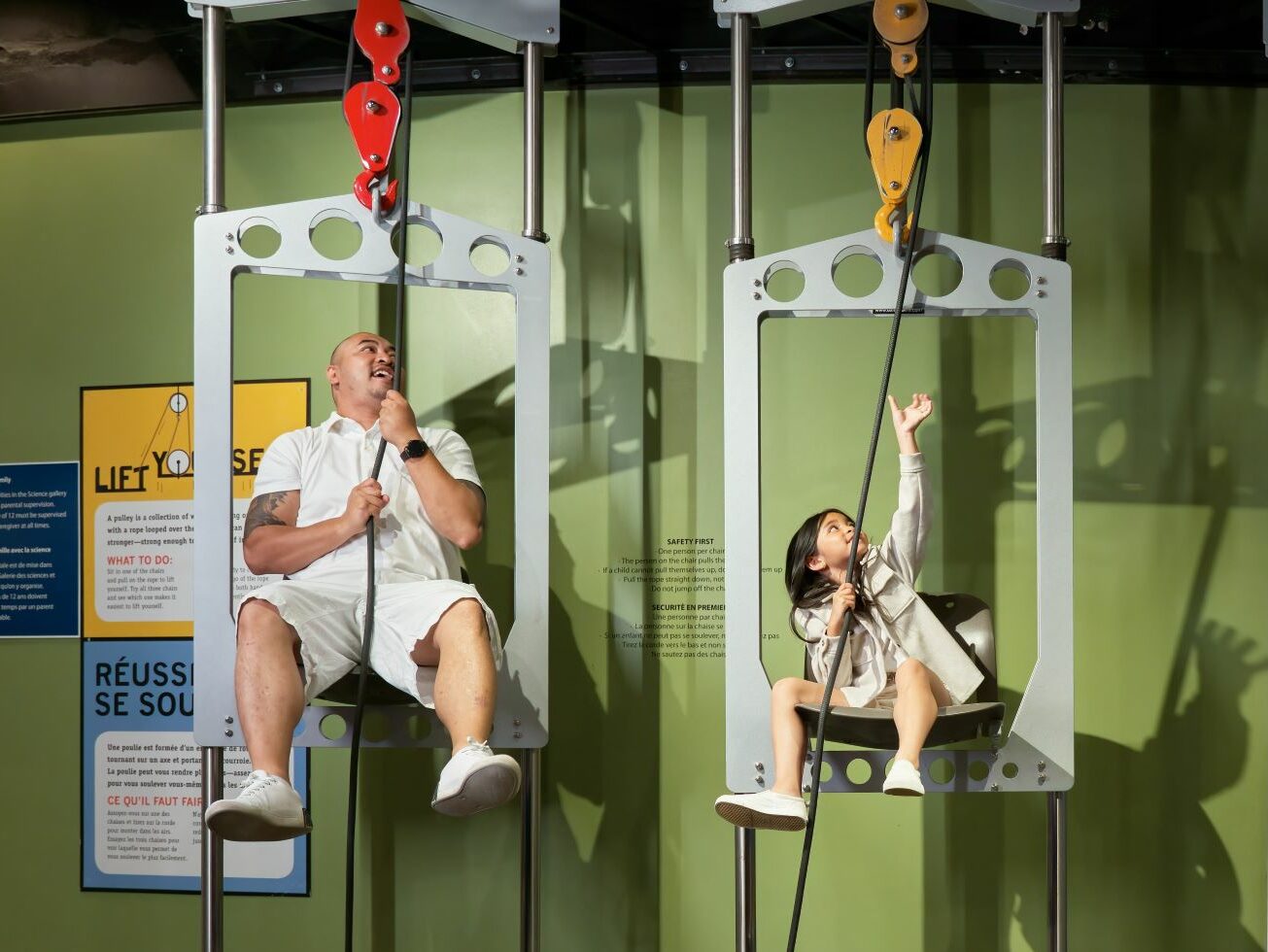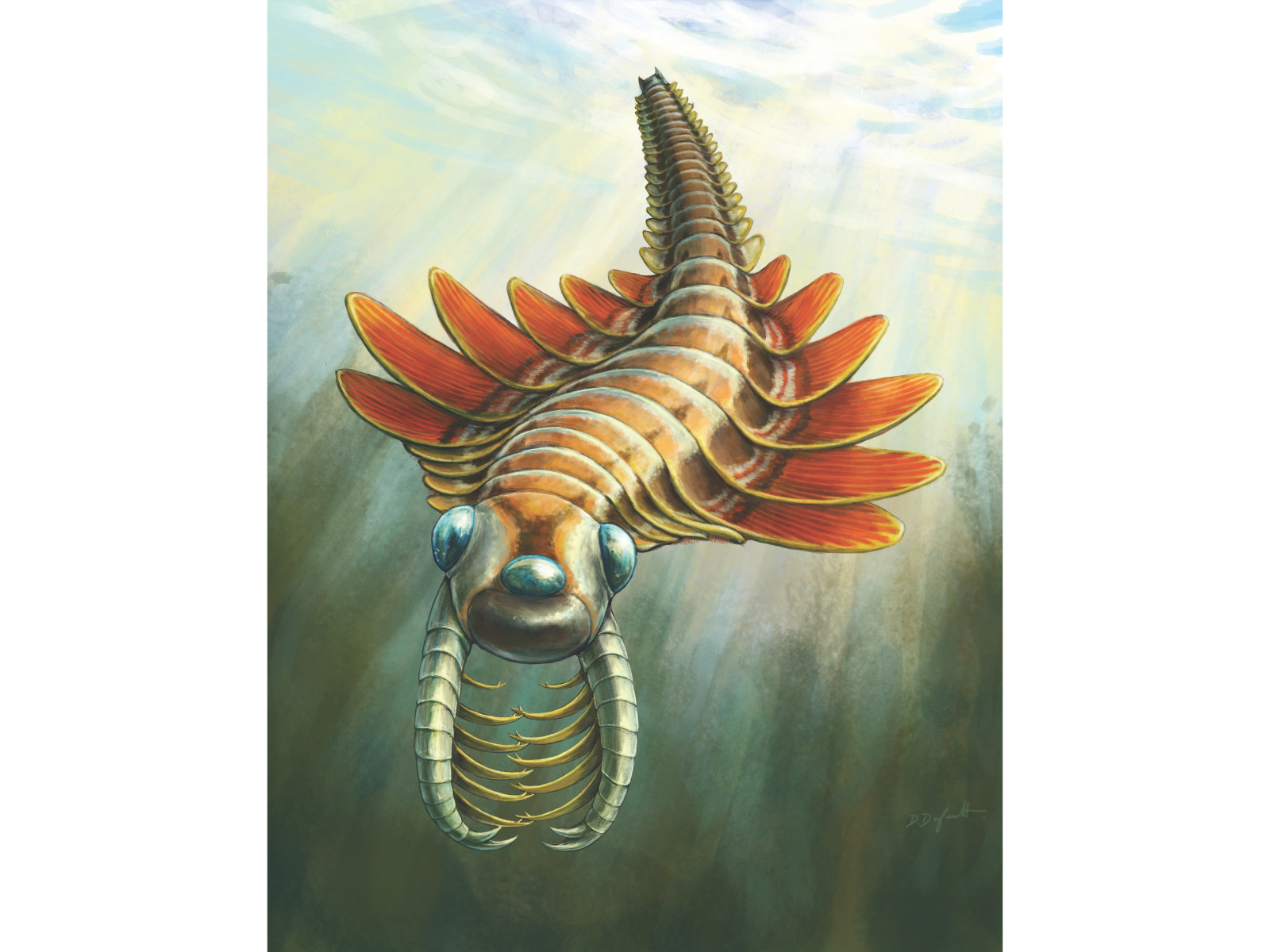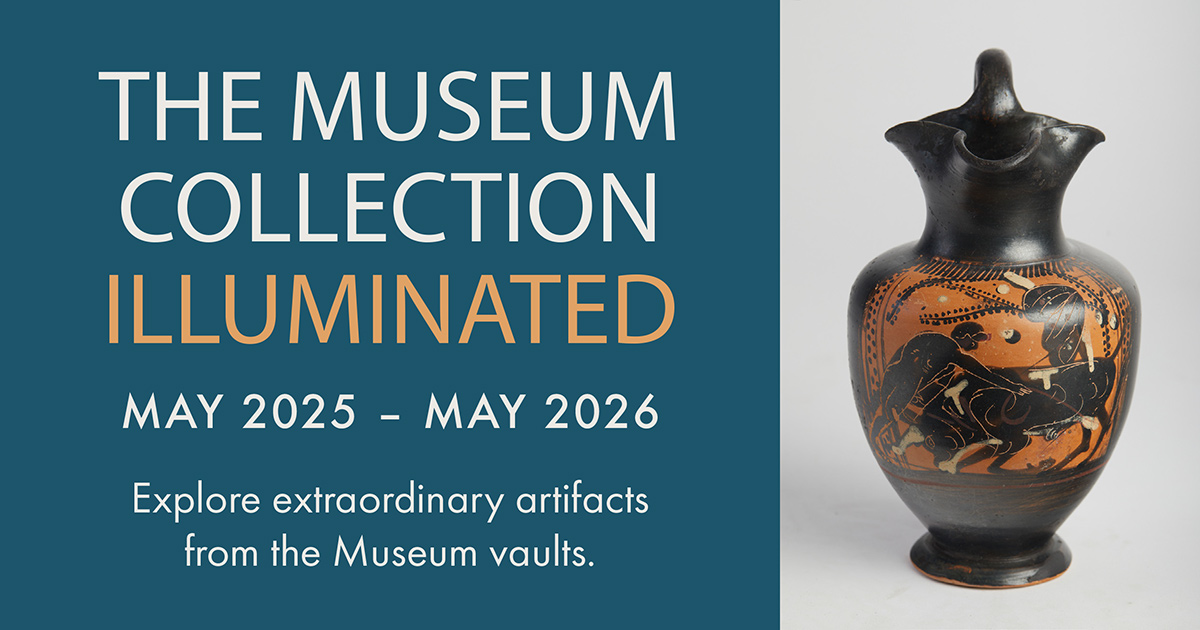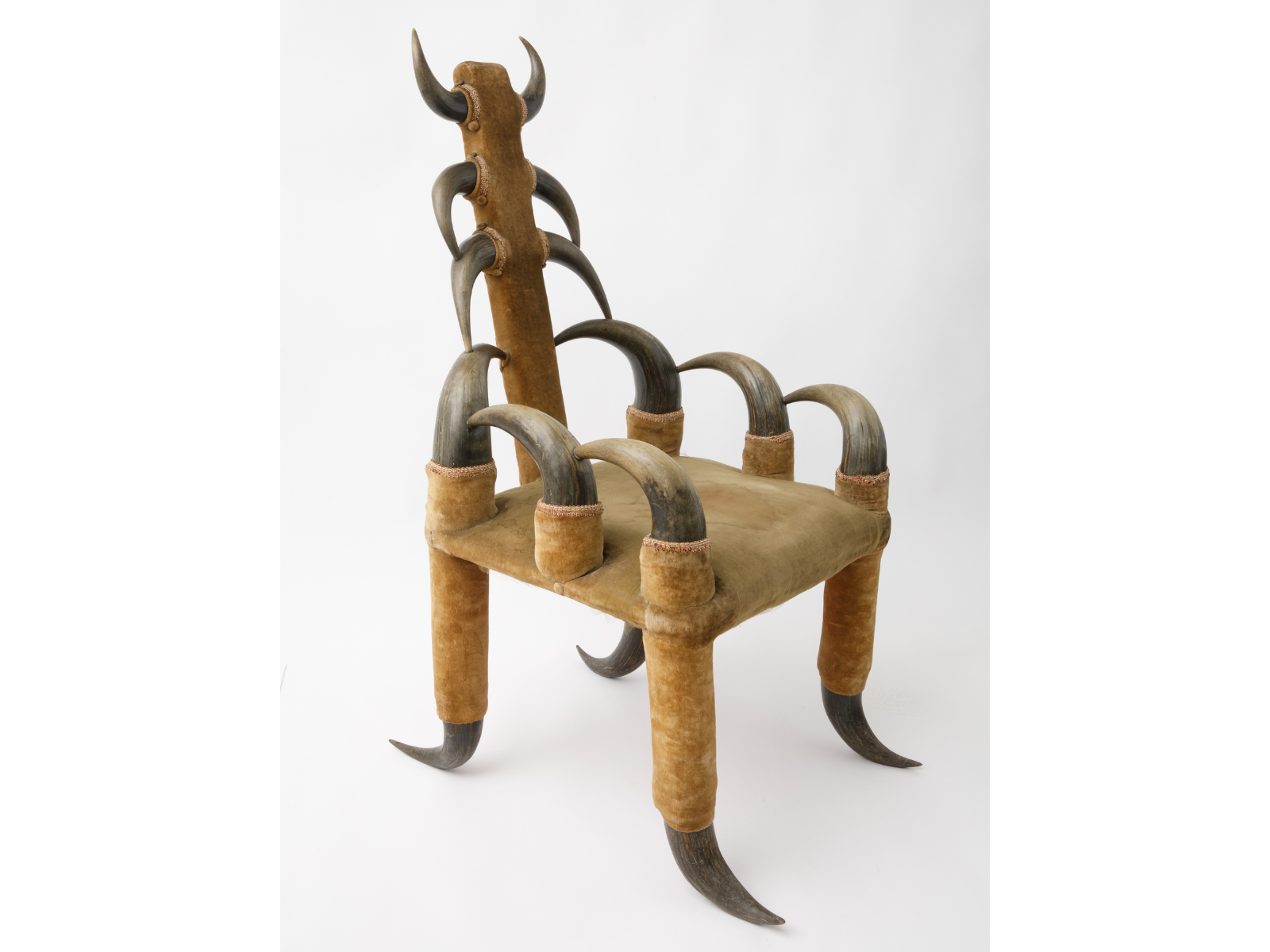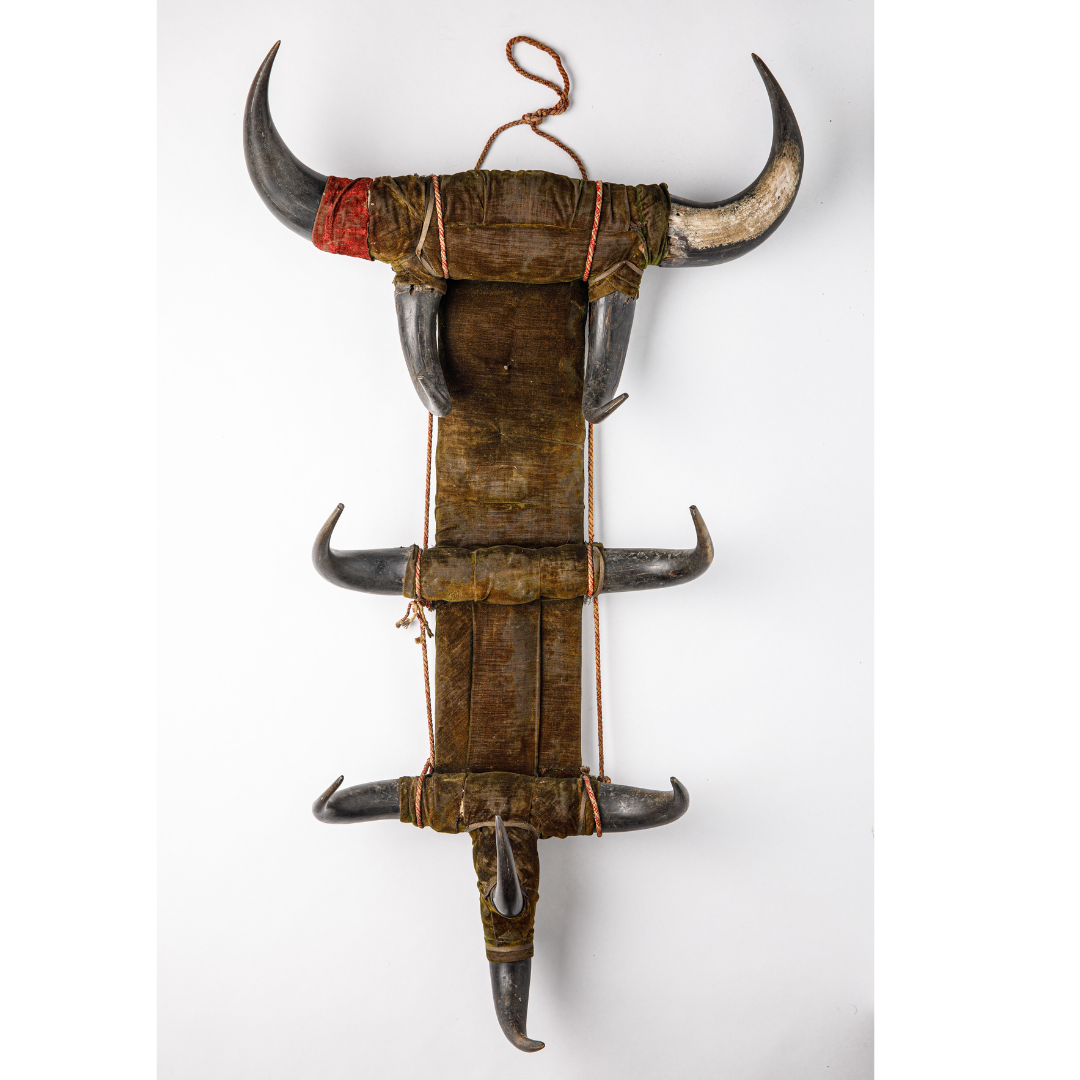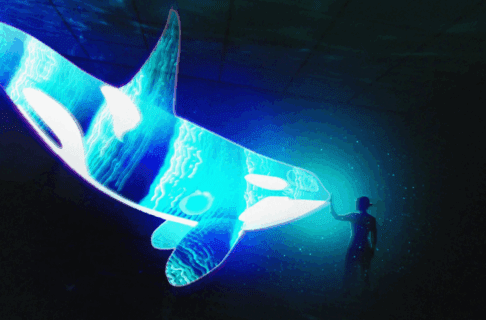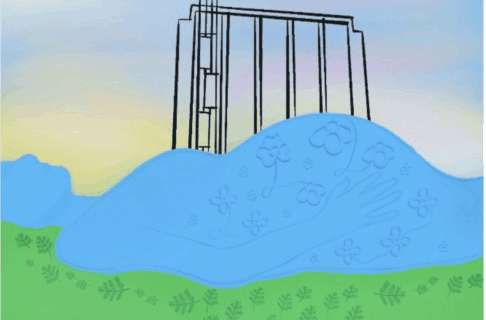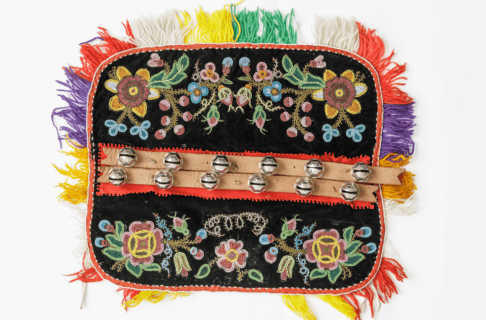Posted on: Thursday May 22, 2025
Treaty No. 1 Territory – Winnipeg, Manitoba – May 22, 2025 –Today, the Manitoba Museum issued a formal apology to First Nations, Inuit, and Métis communities, acknowledging that it has held Ancestral remains and associated belongings from these communities within its collections.
The Museum held a closed Ceremony and gathering in respect for the Ancestors and kinship communities, with the guidance of Spiritual Advisors. Representatives witnessing this important moment included Grand Chief Jerry Daniels of the Southern Chiefs’ Organization, Elders from the Assembly of Manitoba Chiefs, Leaders from Inuit and Métis communities, Chiefs of First Nations Communities across Manitoba, as well as representatives of the National Centre for Truth and Reconciliation. They were joined by the Manitoba Museum Board of Governors, the Indigenous Advisory Circle to the Museum, and Museum staff who help to care for the Ancestors.
Following a Pipe Ceremony, Manitoba Museum CEO, Dorota Blumczyńska provided an official apology on behalf of the Museum.
“We sincerely and profoundly regret that the Museum has held Ancestors of First Nations, Inuit, and Métis communities within our collections for decades. In doing this, we know we have contributed to and played a role in colonialization. We apologize for our actions, inactions, and failures, past and present. We know that what is required now is that our actions be transparent, honest, and meaningful. This apology is just the beginning of the Homeward Journey of the Ancestors,” said Blumczyńska.
“We promise that no Ancestors will enter the Museum in the future.”
This apology to communities, is part of the Homeward Journey, which began at the Manitoba Museum in 2022. Guided by the Indigenous Advisory Circle and with a Spiritual Advisor’s blessing, Homeward Journey aims to identify and bring home Ancestors to their kinship communities.
The important work will take several years and will be led by First Nations, Inuit, and Métis peoples, in preparation, during, and after the Ancestors’ return.
The apology represents a significant milestone in the Manitoba Museum’s commitment to rematriation / repatriation – the return of Ancestors and associated belongings. Kevin Brownlee, former Curator of Archaeology, and member of Norway House Cree Nation (Kinosao Sipi) cared for the Ancestors and advocated for the establishment of dedicated funding for rematriation / repatriation of Ancestors and belongings. The Museum began the Homeward Journey in 2022 when the Museum committed to correct this historic injustice. The Museum’s Board of Governors regretfully acknowledged that bringing the Ancestors home was long overdue and took steps to set the work in motion.
“The Museum is committed to rebuilding trust with these communities, repairing those important relationships, and moving forward in a good way,” said Blumczyńska.
For more information about the Manitoba Museum’s Homeward Journey project please click here.
-XXX-
Brandi Hayberg
Manager of Marketing & Communications
BHayberg@ManitobaMuseum.ca
204-988-0614
